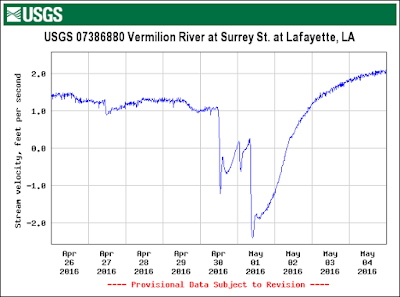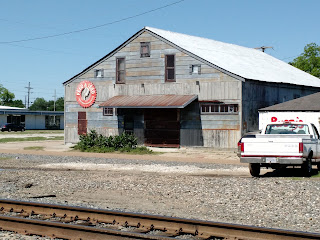 |
| Source: Lafayette Consolidated Government, Metropolitan Planning Organization |
The area of impact of the I-49 Connector project has been wordsmithed by proponents into the project's "area of influence." The attached figure outlines this area of influence as defined by the Metropolitan Planning Organization (MPO). The question I'm asking here is "How much will home values within the impacted zone be depressed if the I-49 Connector project is built?" This is a vitally important question because for many residents their home is their greatest financial asset.
Residential property values of homes located near interstates are reduced because of noise, pollution, and appearance of the roadway. Taken together, these impacts on appraised value from being located close to an interstate are called interstate proximity stigma.
How much would the proximity stigma of the I-49 Connector reduce property values? Research looking at home sales from 2002-2005 within one mile of Interstate 90 in Seattle (Kilpatrick and others, 2007) confirmed the anticipated result - home prices closer to I-90 were lower, and prices more distant are higher. Under the researchers' model, a home 0.4 miles from the interstate lost 4% of its value relative to a comparable home one mile from the roadway; a home 0.1 miles from the roadway lost 13% of its value. Consistent with these findings, Clark and Herrin (1997) found a 10% reduction in value when homes were located within 0.25 miles of an interstate.
Thus, it is concluded from these studies, as well as common sense, that home values within the zone of influence would be reduced after construction of the I-49 Connector. A 10% reduction in value is a reasonable guess based on the cited research. Moreover, it is reasonable to further assume that houses in the impacted area will typically be harder to sell and will stay on the market longer than houses not suffering the interstate proximity stigma.
References:
D.E. Clark, and W.E. Herrin (1997) "Historical preservation districts and home sale prices: Evidence from the Sacramento housing market" The Review of Regional Studies27.1 (1997): 29-48.
Kilpatrick, J.A., R.L. Throupe, J.I. Carruthers, and A. Krause (2007) "The Impact of Transit Corridors on Residential Property Values" Journal of Real Estate Research 29(3):303-320.












